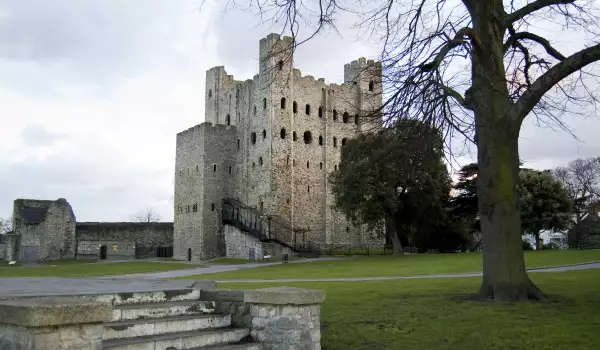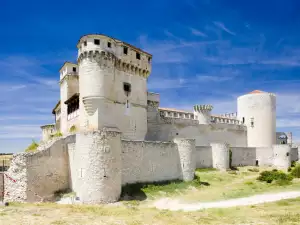Rochester Castle

Rochester Castle is one of the first built stone palaces of the territory of England. With about 40 meters Rochester ranks among the highest medieval fortifications in Britain. Rochester Castle is located on the east coast of the River Medway, in the city of Rochester, located in the English county of Kent.
The massive construction of Rochester is considered one of the best preserved and finest examples of Norman architecture throughout England. Even the Romans during the strategic location of the place was the reason for a fortress during the Middle Ages which retains its importance.
Rochester Castle stands in the so called Watling Street, which crosses the river in the Medway area on its route from London to Dover, passing through Canterbury.
Centuries later, after the Romans, in 1087, Bishop Gundulf, who was one of the best architects of William the Conqueror - began building the castle we see today.
He raised the stone construction of Rochester, benefiting from the protection of stone walls remaining from the Roman fortress. The great fortress of Rochester was erected by William the Conqueror, who was Archbishop of Canterbury after his castle was granted by Henry I in 1127.
Then further history of the castle of Rochester shows that it is full of drama with attempts of the castle being captured. In 1215 Rochester was partially destroyed by King John, who during the siege tried to storm the palace, undermining the South Tower.

The castle was restored, but damaged again in 1264 during another siege. Rochester was then repaired by Edward III and then improved by Richard II a little later.
Today the castle Rochester has two original Norman towers, one square and one round. The castle of Rochester also has an interesting chapel. Today visitors can see the original model of the vision of the castle as it appeared in 14th century. Rochester Castle is an important monument of English heritage and is open for visitors daily.














